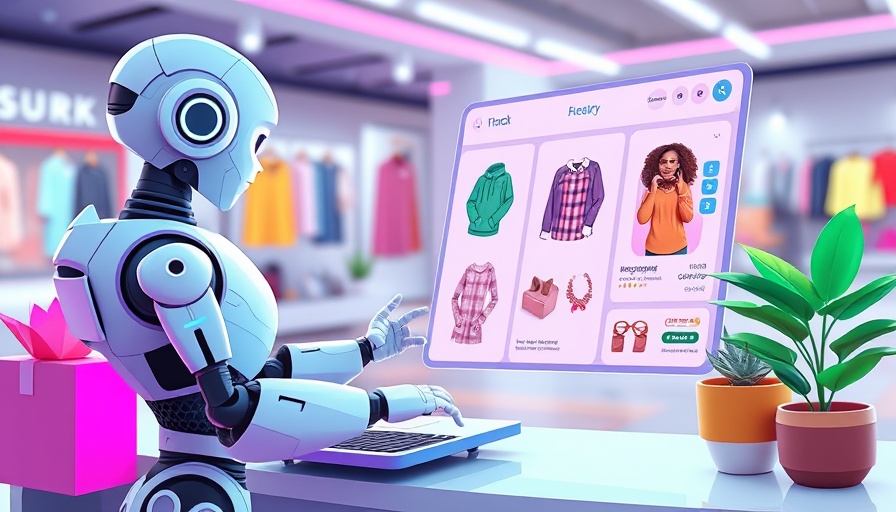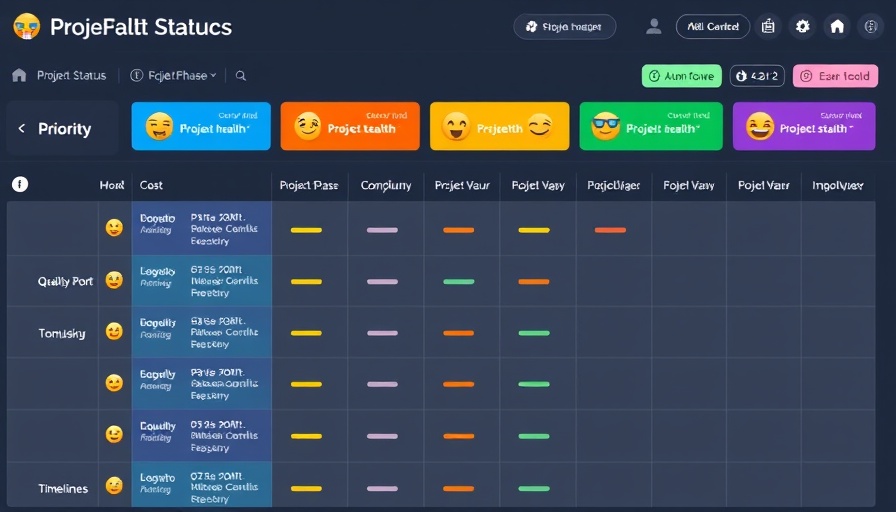
The Double-Edged Sword of AI Shopping
Generative AI is revolutionizing the retail landscape—but with a twist. While it’s driving an astonishing 4,500% increase in traffic to online stores, those shoppers are 23% less likely to convert into paying customers. This paradox is highlighted by recent data from Adobe, which draws upon insights gleaned from over 1 trillion web visits and a survey of 5,000 U.S. adults conducted in July 2025.
The Importance of the Research Phase
Why the decline in conversion rates, you might wonder? Adobe offers a hint. Shoppers coming from AI-powered interactions tend to stay longer on retail websites—32% longer, to be exact—and they browse 10% more pages than those arriving from traditional sources like email or social media. This increase in engagement may indicate that shoppers are using these AI tools primarily for research, rather than immediate purchases.
Understanding this trend is crucial for business owners in the $2M–$10M revenue bracket who are eager to scale. If AI customers are more focused on gathering information, businesses can adjust their marketing strategies accordingly. Tailoring your branding and customer acquisition strategies to meet these research-oriented consumers can ultimately foster stronger relationships when they are ready to buy.
Why Shoppers Are Turning Towards AI
Interestingly, a robust 85% of those surveyed claimed that generative AI has improved their shopping experience, with 73% identifying it as their primary resource for product research. Larger purchases particularly lend themselves to AI-generated insights, as 83% of users reported a heightened propensity to utilize AI for complex decisions. Giving customers the tools to curate their shopping journey can pave the way for increased loyalty and sales down the road.
What Are Consumers Using AI For?
The tasks that shoppers are engaging with generative AI for include:
- Conducting research (53%)
- Receiving product recommendations (40%)
- Seeking deals (36%)
- Creating shopping lists (30%)
- Getting present ideas (30%)
- Finding unique products (29%)
- Virtual try-on (26%)
Businesses can harness this list by optimizing their online presence for these common tasks. By ensuring that product information is readily available and tailored to the queries and interests displayed by AI-abetted shoppers, retailers can capture the interest of informed customers even if the initial conversion isn’t happening at the moment.
The Mobile Shift: A New Frontier
Moreover, with 26% of web visits from generative AI occurring on mobile devices—up from 18% in January 2025—it's clear that this shift points toward an increasingly mobile-first eCommerce landscape. For business owners, this underscores the necessity of ensuring that mobile experiences are seamless and engaging.
Final Thoughts
As generative AI reshapes the way we shop, business owners need to pivot their marketing strategies to cater to an audience that embraces personalization and research. By capitalizing on this shift and focusing on nurturing leads through the research phase, companies can position themselves for future success as more AI-savvy consumers transition from browsers to buyers.
Want to navigate this brave new world of AI in retail? Start by understanding how generative AI can be leveraged to enhance your demand generation strategies, fostering authentic connections and ultimately driving sales. This isn’t just a trend—it’s the future of shopping.
 Add Row
Add Row  Add
Add 



Write A Comment